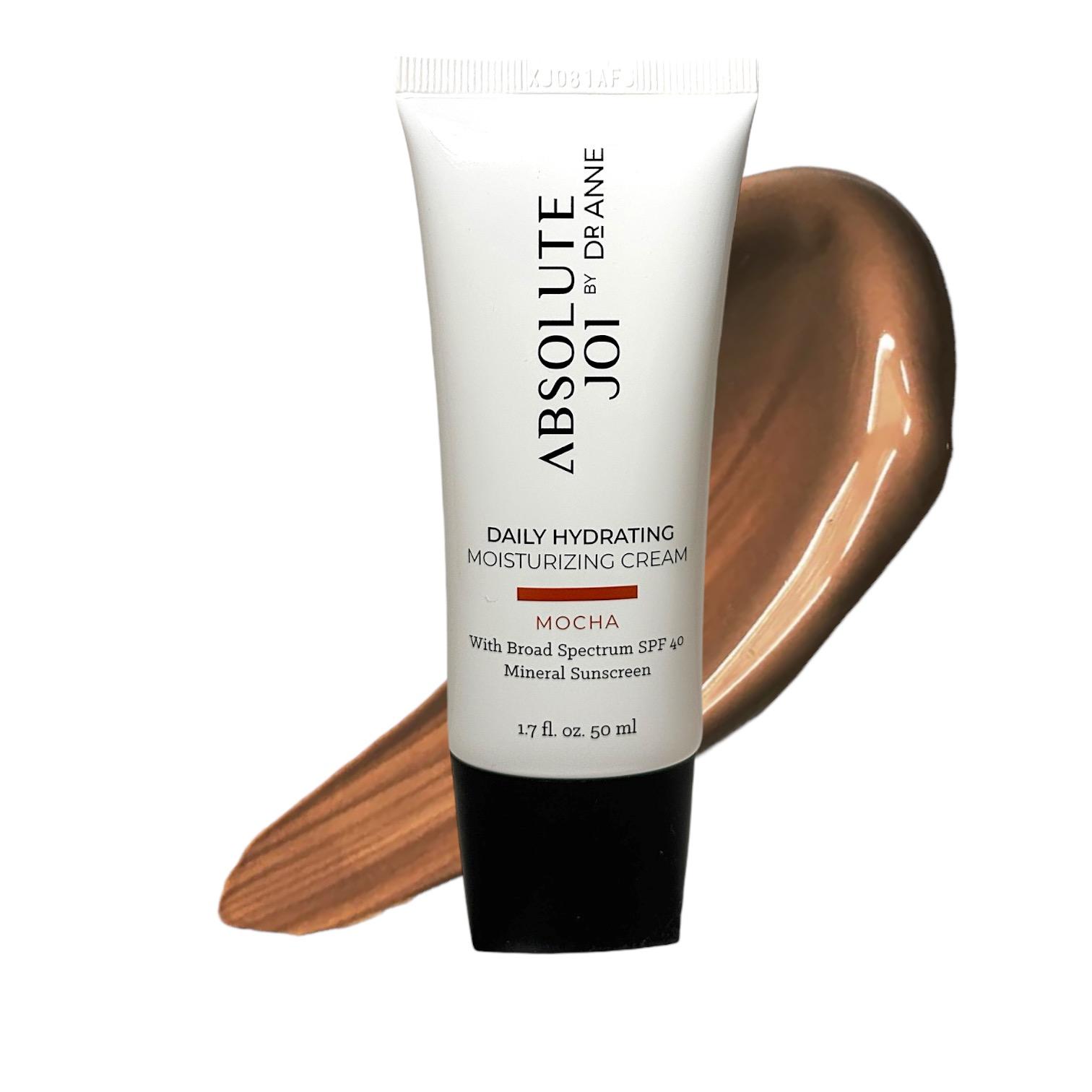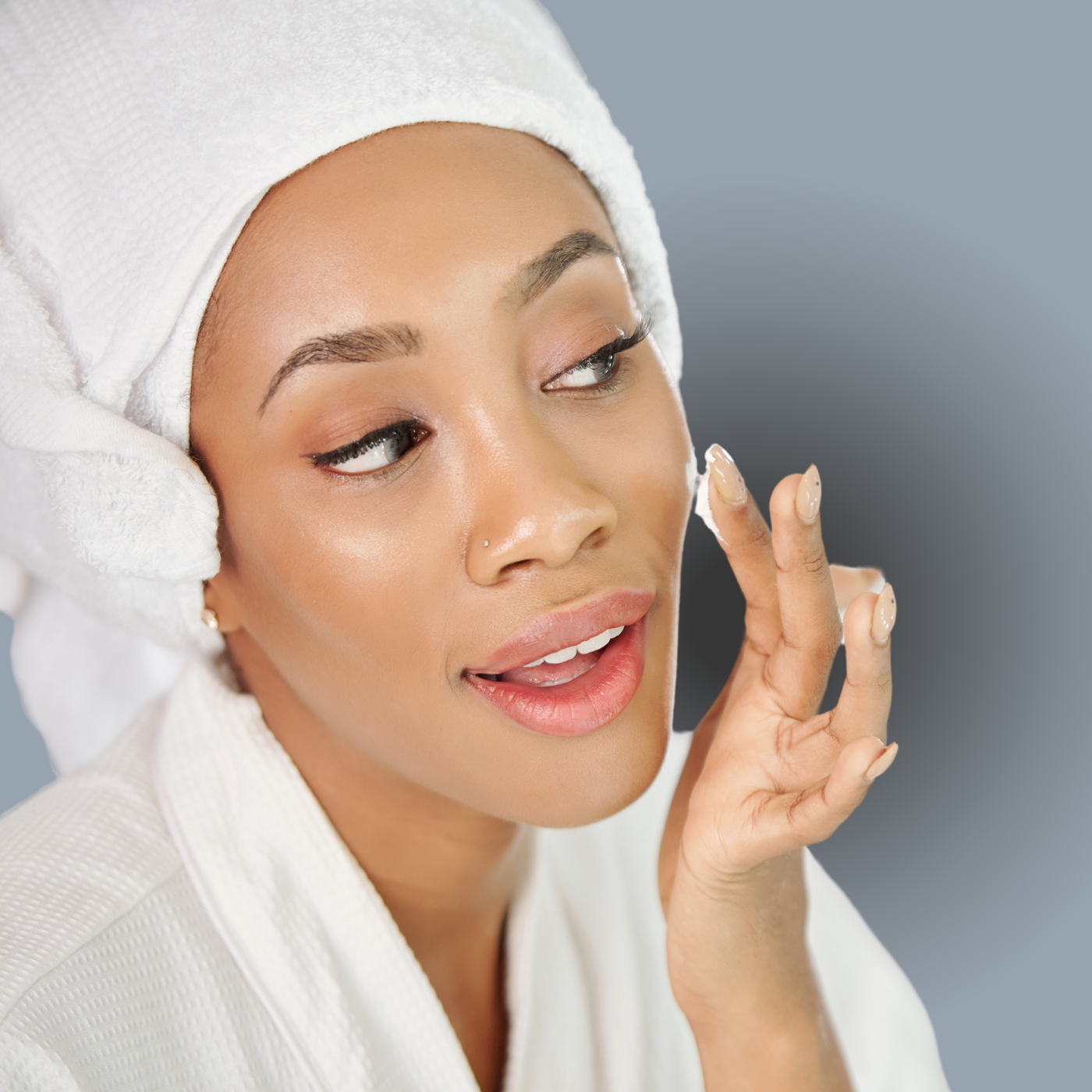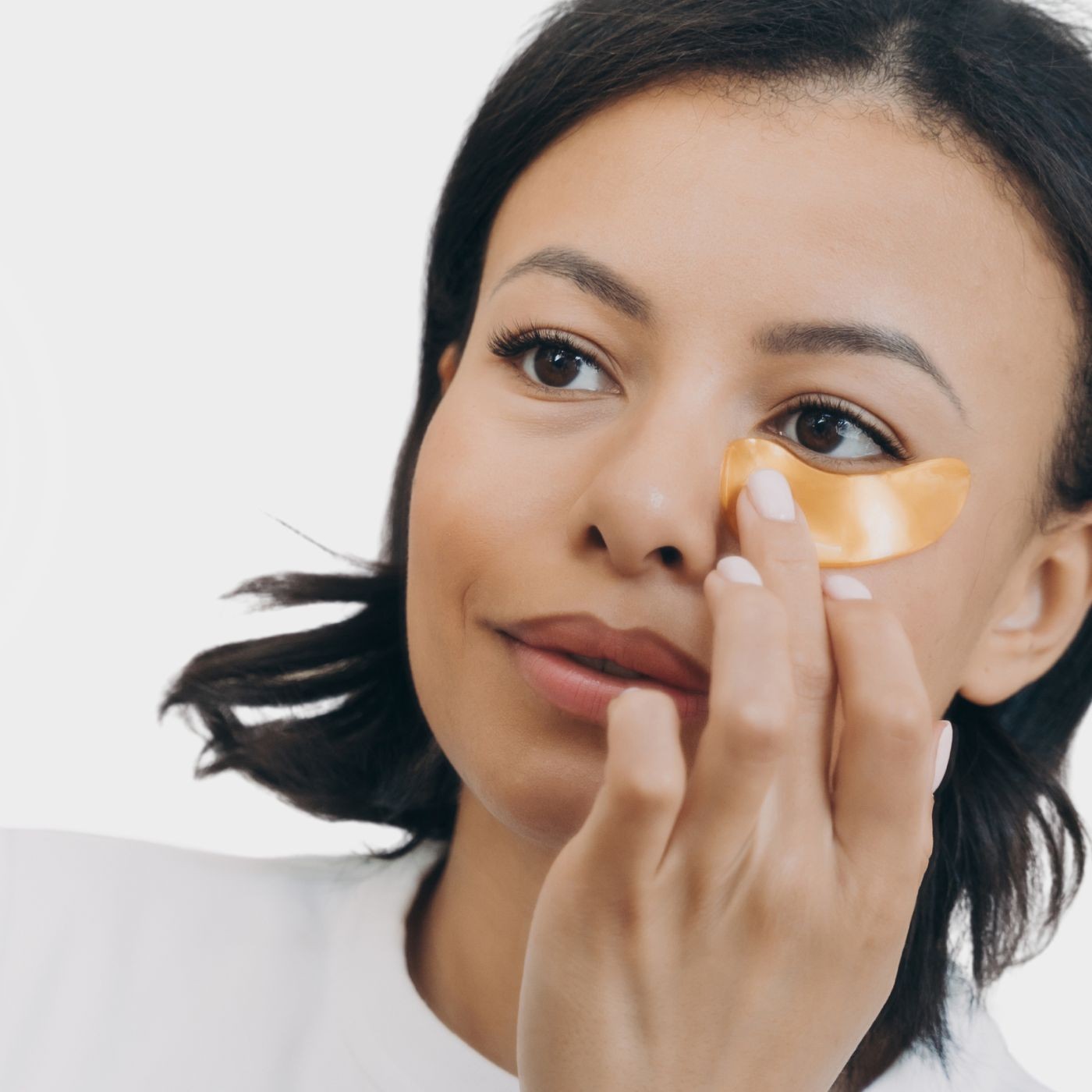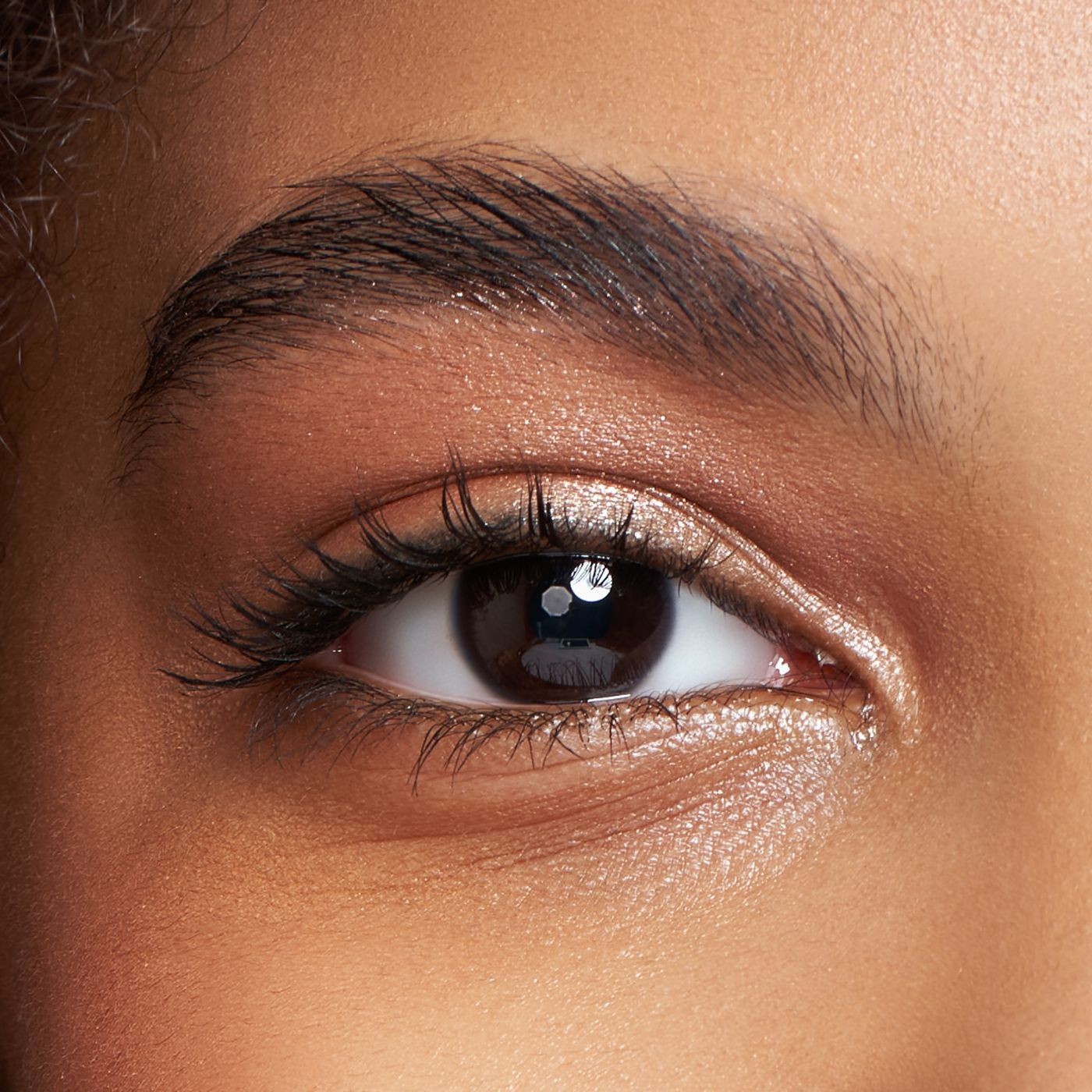Blue Light and Hyperpigmentation
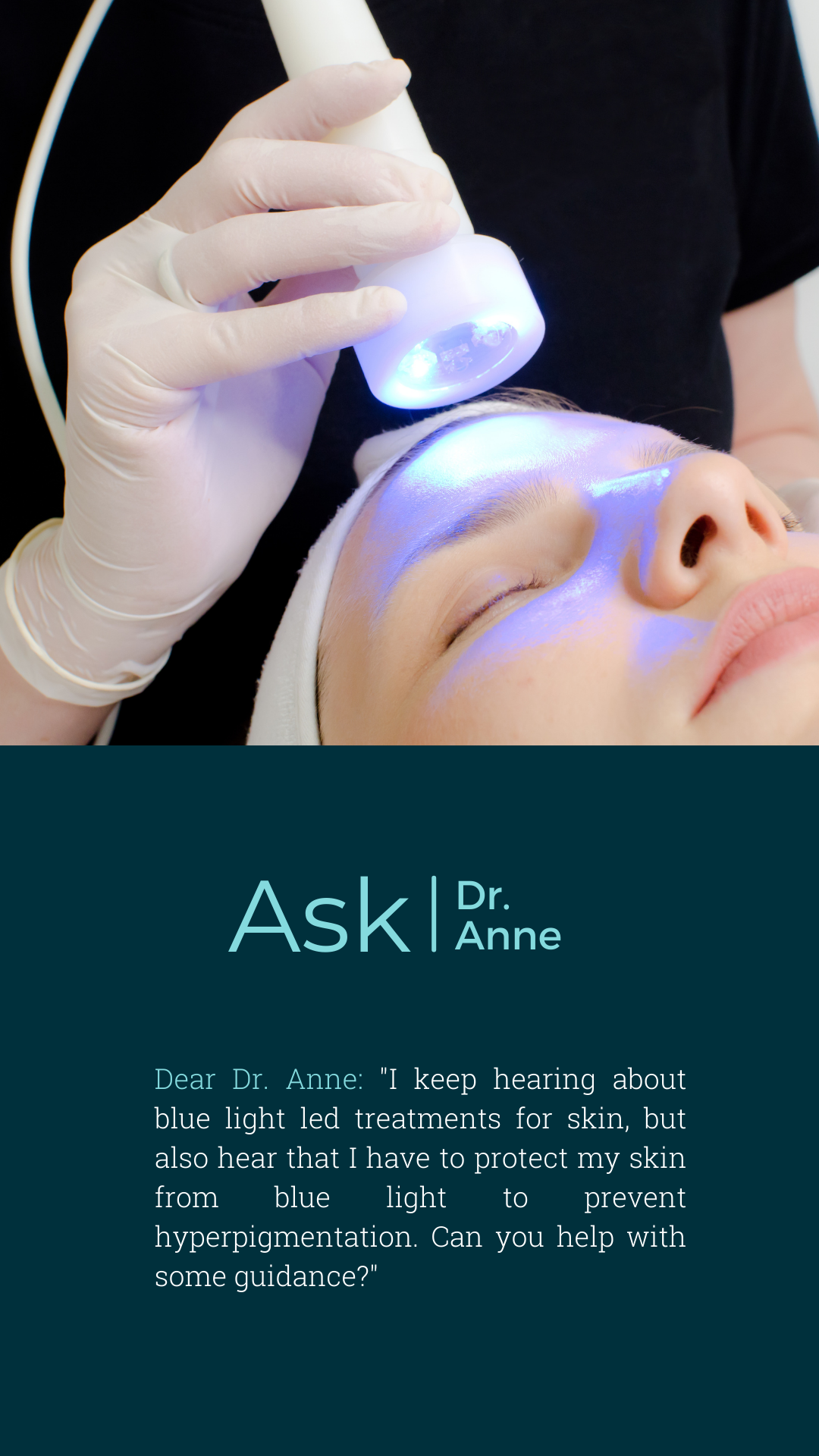
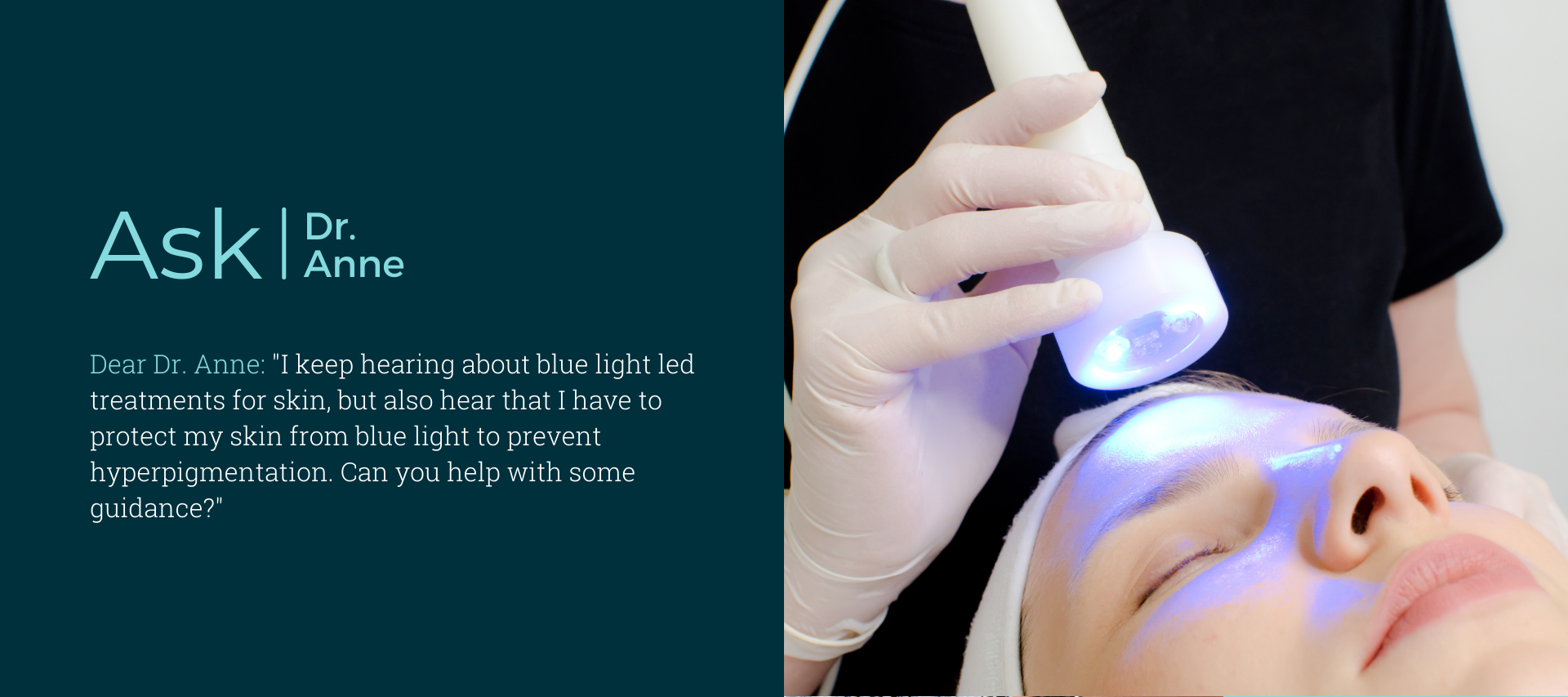
In This Article →
In This Article
Hyperpigmentation affects millions of people of all skin tones and types and can happen at any age. Many of us are aware of the importance of using a broad-spectrum sunscreen to prevent and treat those annoying dark marks. But did you know that a lot of the light exposure for our faces comes from phone and computer screens which emit blue light AND that blue light can make hyperpigmentation, melasma and other dark spots on your skin worse --especially for people with darker skin tones?
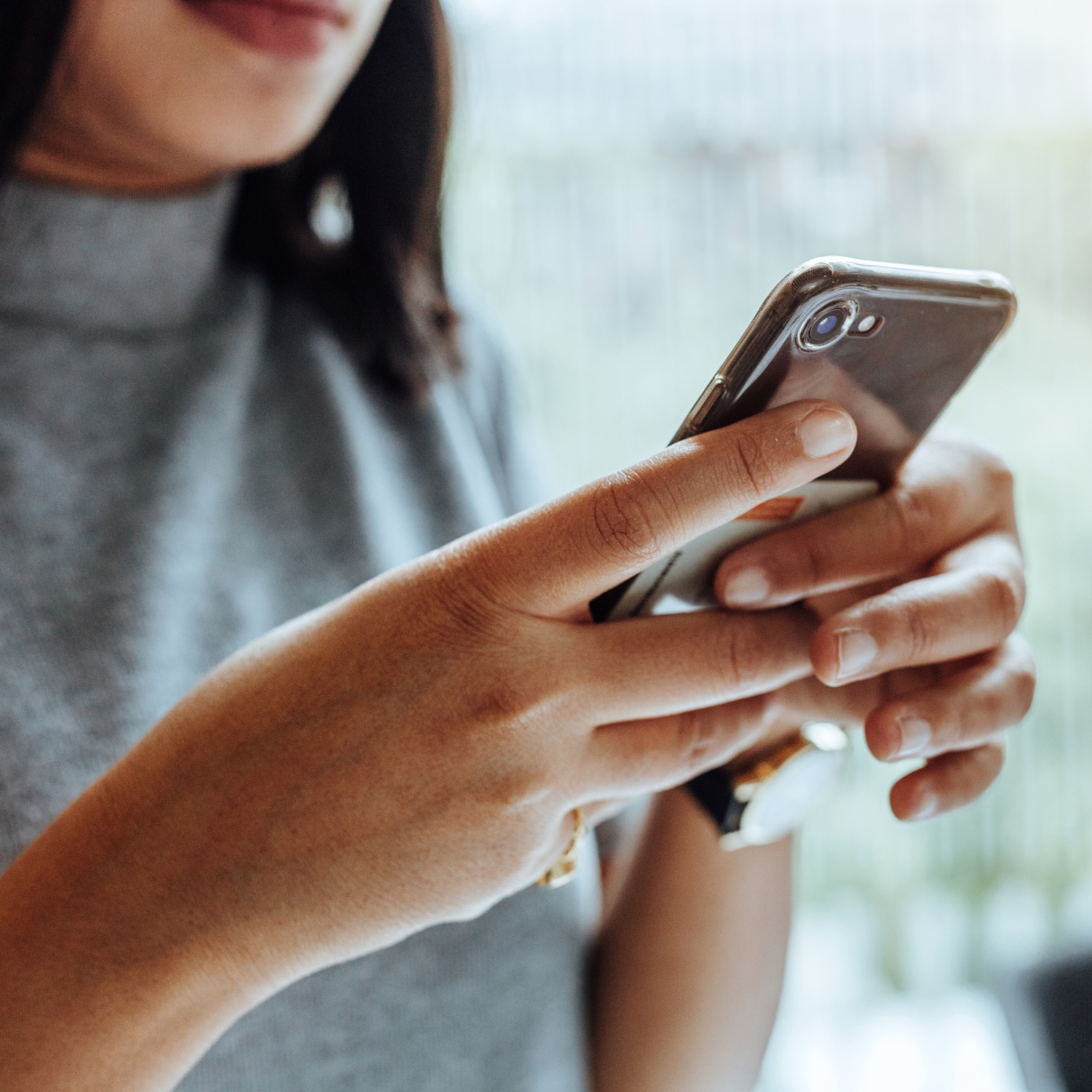
What is Blue Light?
Put simply, blue light is the light that we can see which looks blue. Different colors represent different sized light waves, and blue light is a high energy, short wave light. This makes it more likely to scatter, which is why the sky appears blue – all that blue light from the sun is bouncing around in our atmosphere!
In addition to sunlight, we get exposed to blue light from the electronic devices in our lives. This includes computer screens, smartphones, tablets, televisions, and even fluorescent and LED lighting.
Normally, blue light during the day offers benefits of helping us pay attention and improving our mood. But there is growing concern about the impact of blue light exposure at night and how that affects our sleep patterns. What is also emerging is that blue light causes long-lasting discoloration issues with melasma, dark spots on your skin and hyperpigmentation – particularly in people with melanin rich skin.
Blue Light Therapy for Hyperpigmentation
LED light therapy is a popular skincare treatment that uses different light wavelengths to address a variety of skin concerns. Offered by skin care professionals and for home use with masks and wands, LED light therapy is used to treat acne, fine lines, and skin rejuvenation. Among the various wavelengths available, blue light is used to target acne-causing bacteria and reduce inflammation. While blue light therapy is effective in treating acne for individuals with fair to medium skin tones, people with darker skin tones should approach use of blue light with caution as studies show it may cause worsening hyperpigmentation. Most skin care professionals experienced in treating patients with deeper tones, will advise their patients to opt for red wavelength LED lights for the skin enhancing benefits of LED light therapy without the risk of hyperpigmentation. Regardless of skin tone, it is essential to consult a dermatologist or skin care professional with experience caring for different skin tones before starting LED light therapy to ensure a personalized treatment plan that best suits your skin type and concerns.

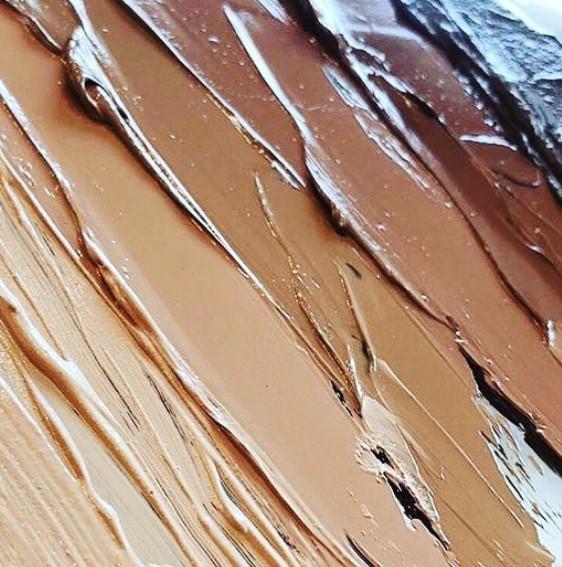
Does Blue Light Cause Hyperpigmentation?
Blue light has recently been reported to lead to hyperpigmentation because it activates the production of melanin in your skin. Darkening can occur within 20 minutes of exposure while it also may lead to long term darkening, including melasma. But it does not affect everyone the same. The ability of blue light to lead to hyperpigmentation has been reported to occur only in “melano-competent” individuals. That means people with darker skin.
The Fitzpatrick Scale is used in dermatology and skin research to describe different categories of skin type based on color and response to the sun (do you burn or tan). There are six general categories from lightest to darkest. Skin type III is described as “white, olive toned” and it is this color and darker that is activated by blue light to develop hyperpigmentation after exposure. The exposure leads to short term darkening, but also contributes to longstanding conditions, including melasma.
Sunscreens that protect against visible blue light in addition to invisible UVA and UVB light are better choices for preventing and treating hyperpigmentation in people with melanin-rich skin.
If you are lighter than skin type III, you are still subject to damage to collagen that results from blue light induced oxidative stress and creation of free radicals in the skin. A chemical in skin called flavin absorbs blue light. The reaction that takes place during that absorption produces unstable oxygen molecules (free radicals) that damage the skin.
Reduce Blue Light to Prevent Hyperpigmentation
The Hyperpigmentation
Skincare Routine
Hyperpigmentation, melasma and other types of dark spots are the number one skin care concern identified by patients with darker tones. A consistent skin care routine with exfoliation, vitamin c and retinol are the foundations for getting rid of dark marks. The other foundation is daily use of products with SPF for prevention and treatment. This works to prevent sun exposure that activates your melanin cells to produce more melanated marks.
Broad Spectrum
Sun Protection
People are advised to use broad spectrum sunscreens which protect against both UVB and UVA light. UVB can damage the surface of your skin and lead to burns, while UVA goes deeper into the skin and leads to the sun damage we see with aging and melasma. But what is rarely mentioned is the need for protection against blue light, which is visible to us and comes from the devices that are all around us.

Reduce Blue Light for
Hyperpigmentation
The impact of artificially induced hyperpigmentation happens while you're seated at the computer during the day, scrolling social media on your phone, and watching TV before bed. No wonder you feel like you're waging a losing battle against the dark spots on your skin! Also, emerging research shows that people with melanin-rich skin are particularly susceptible to getting skin discolorations from blue light. After all your hard work to get rid of brown spots on your face, exposure to artificial visible light can reverse all you’ve done to treat dark marks.
How to Protect Your Skin from Blue Light Damage
Blue light, emitted by screens and even some light therapies, can harm your skin by accelerating hyperpigmentation and contributing to premature aging. Here's how to safeguard your skin:
Limit Blue Light Exposure
Reduce unnecessary screen time and maintain a safe distance from devices like TVs, smartphones, and computers. For treatments like light therapy used for acne or seasonal affective disorder, consult your provider to ensure they understand the unique needs of melanin-rich skin and take precautions to minimize potential damage.
Incorporate a Vitamin C Serum
A vitamin C serum is a powerful antioxidant that fights free radical damage caused by blue light. It also helps fade hyperpigmentation by inhibiting melanin production, leaving your skin with a more even tone and radiant glow.
Wear Mineral Sunscreen with Iron Oxides
Protect your skin daily—even indoors. Mineral sunscreen with iron oxides is "The Gold Standard" for blue light protection. Unlike traditional sunscreens, formulas with micronized minerals prevent the white cast often associated with SPF, making them perfect for darker skin tones.
Our Daily Hydrating Tinted Moisturizer with SPF 40 Mineral Sunscreen goes beyond the basics, offering superior blue light and UV protection while seamlessly blending into melanated skin. Packed with antioxidants like vitamin C, it hydrates, soothes, and brightens your skin, ensuring you're shielded from blue light wherever you go. Experience the gold standard in protection—shop now and protect your glow!
Skin Care for Dark Skin
As a physician-founded skincare line, we understand the need to protect skin against blue light, particularly for people with deeper skin tones. We have created a tinted moisturizer with mineral sunscreen that offers blue light protection, in addition to standard broad-spectrum UVA and UVB light protection. Our Daily Hydrating Moisturizing Cream with SPF 40 Mineral Sunscreen provides broad-spectrum protection with non-irritating, mineral-based sunscreen formulated for transparent coverage that does NOT leave a white cast. This combines two steps – moisturizing and sunscreen – into one easy step.
Wearing sunscreen every day is one of the best skin-healthy habits you can adopt. By using broad-spectrum mineral sunscreens, you can guarantee your skin is protected from all types of light, whether you spend time indoors or outside.
Here are some additional resources that you may enjoy reading:
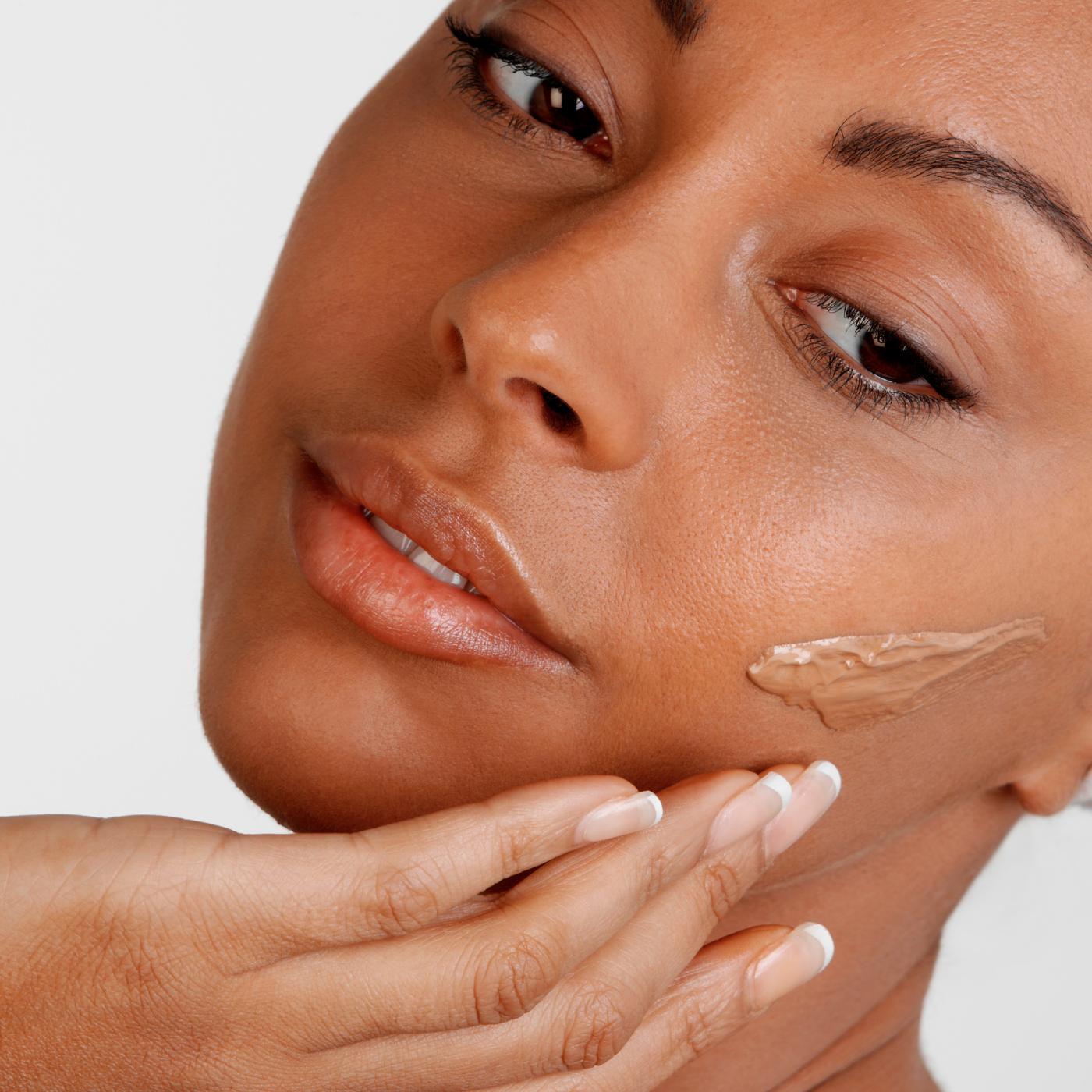



AbsoluteJOI Skincare
by Dr. Anne
AbsoluteJOI is a physician-founded skin care brand with a science-based approach to the needs of people over 35 with all skin types and tones. Developed by physician researcher, Dr. Anne Beal, our products are formulated and tested for sensitive skin, while addressing dyspigmentation, the first sign of aging for many people. Our philosophy is not to focus on anti-aging, but to celebrate all ages and stages and to help our customers age beautifully, while celebrating the confidence and wisdom they’ve gained with time.
Each product combines natural and clinically effective ingredients for healthy skin. We use NO parabens, phthalates, sulphates, or skin bleach. And we use no perfumes or dyes to offer pure and clean products good for all skin types, including sensitive skin.


